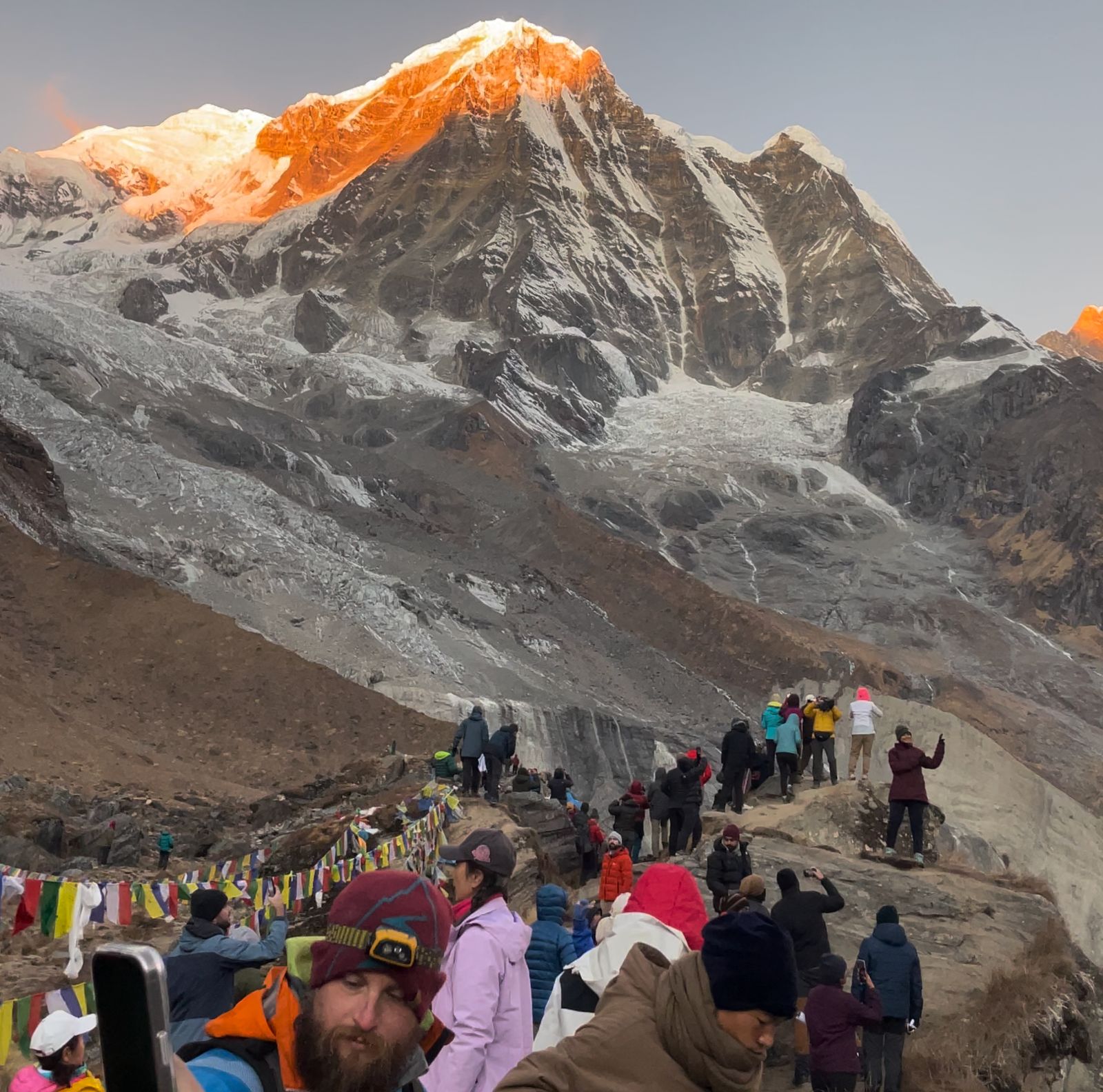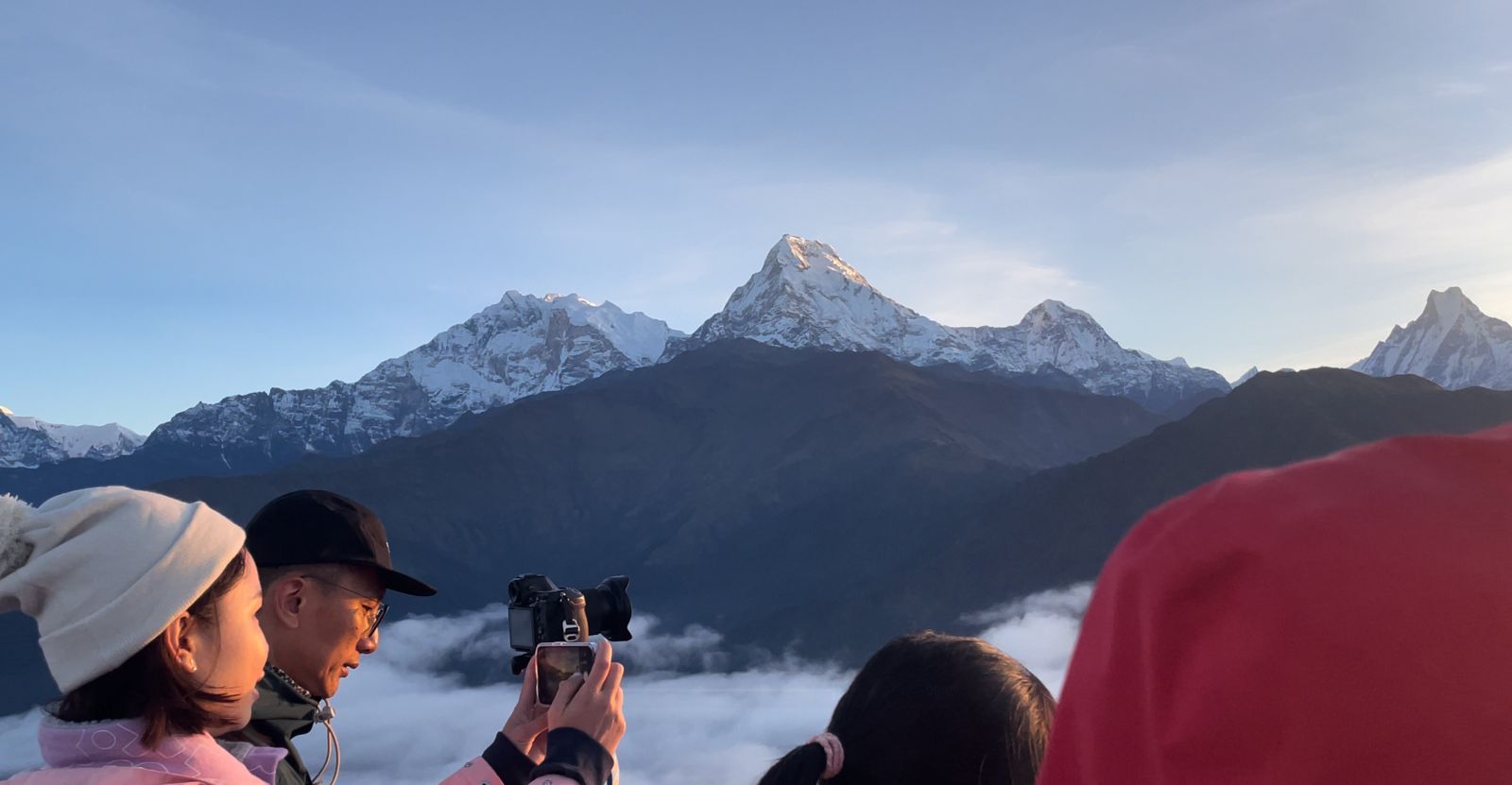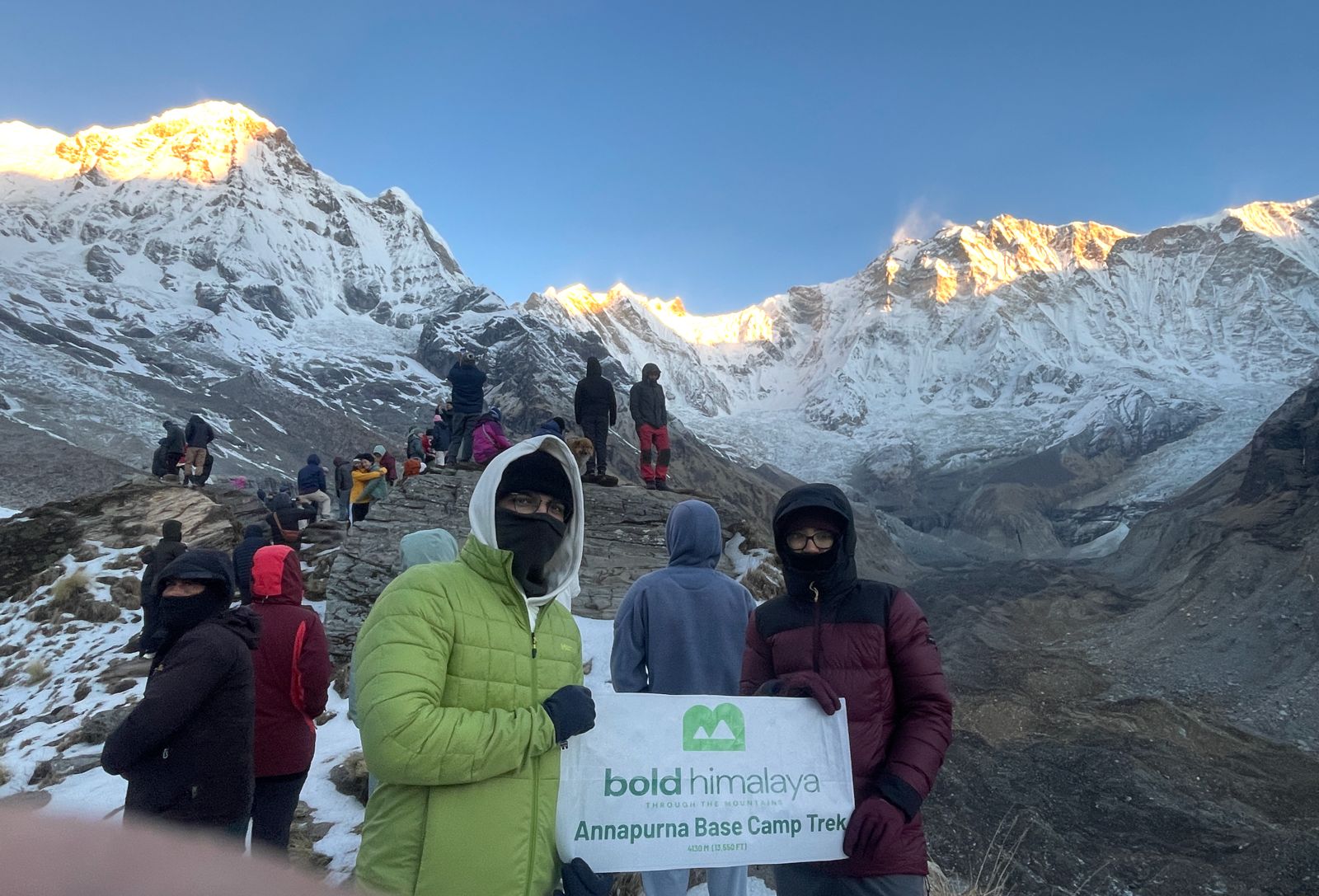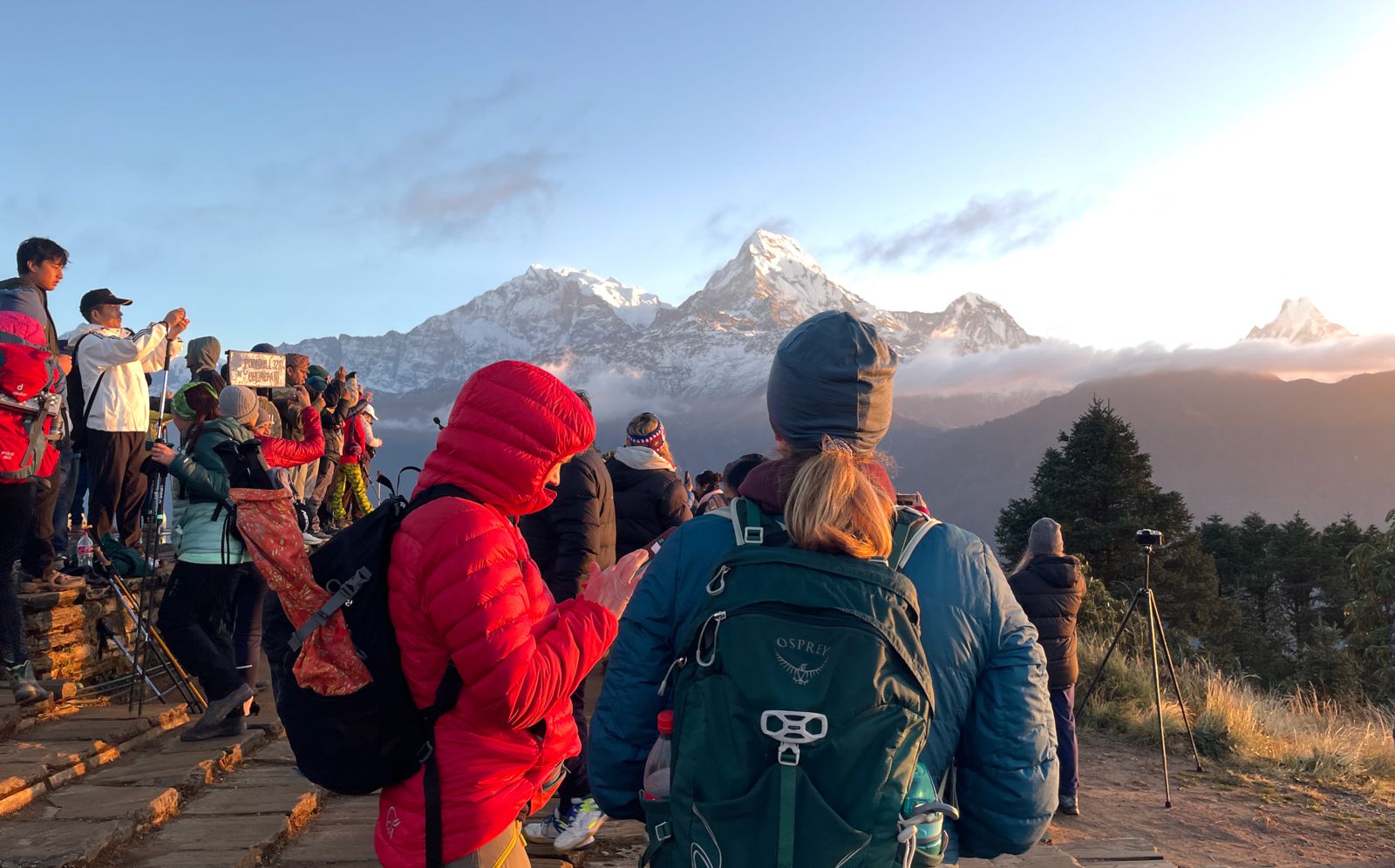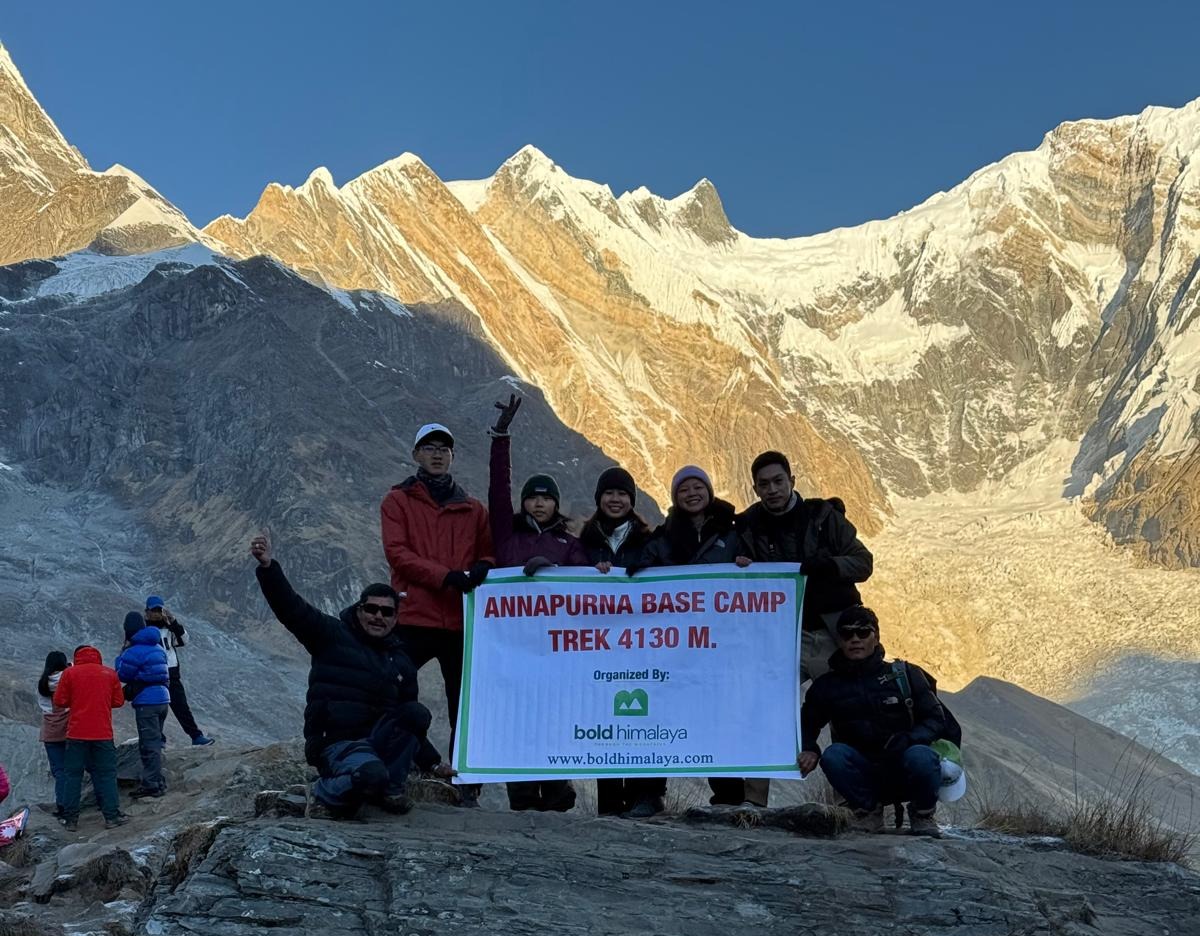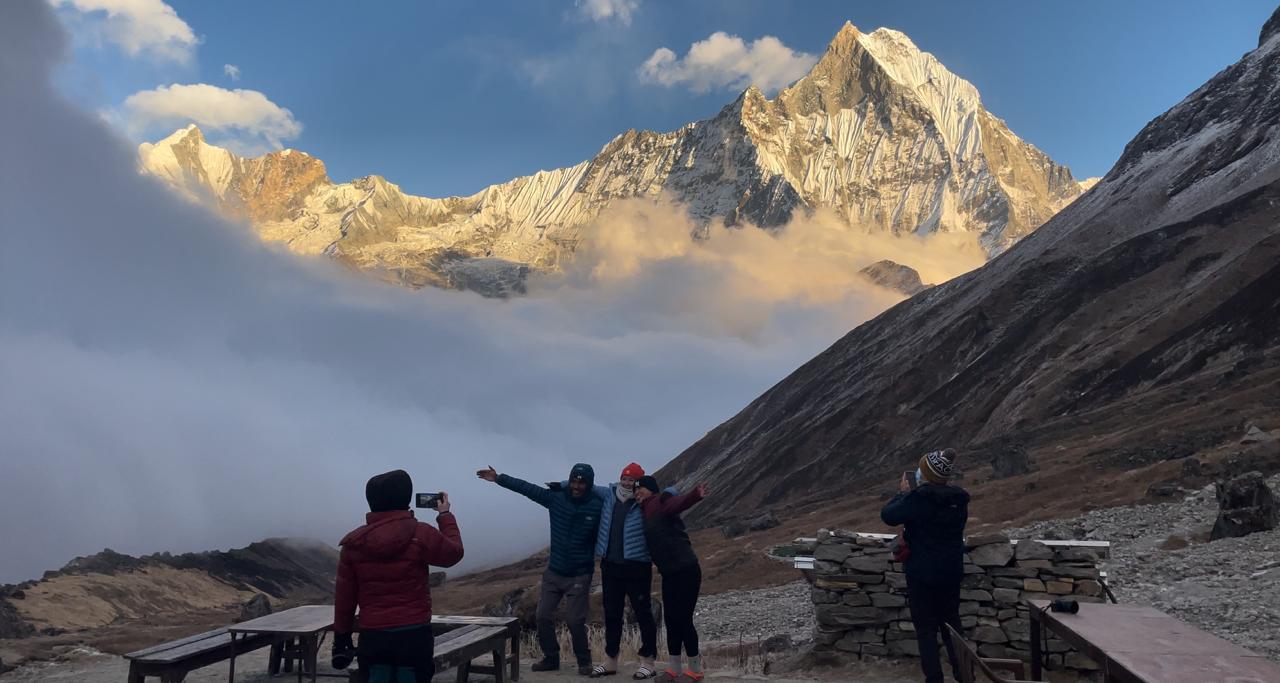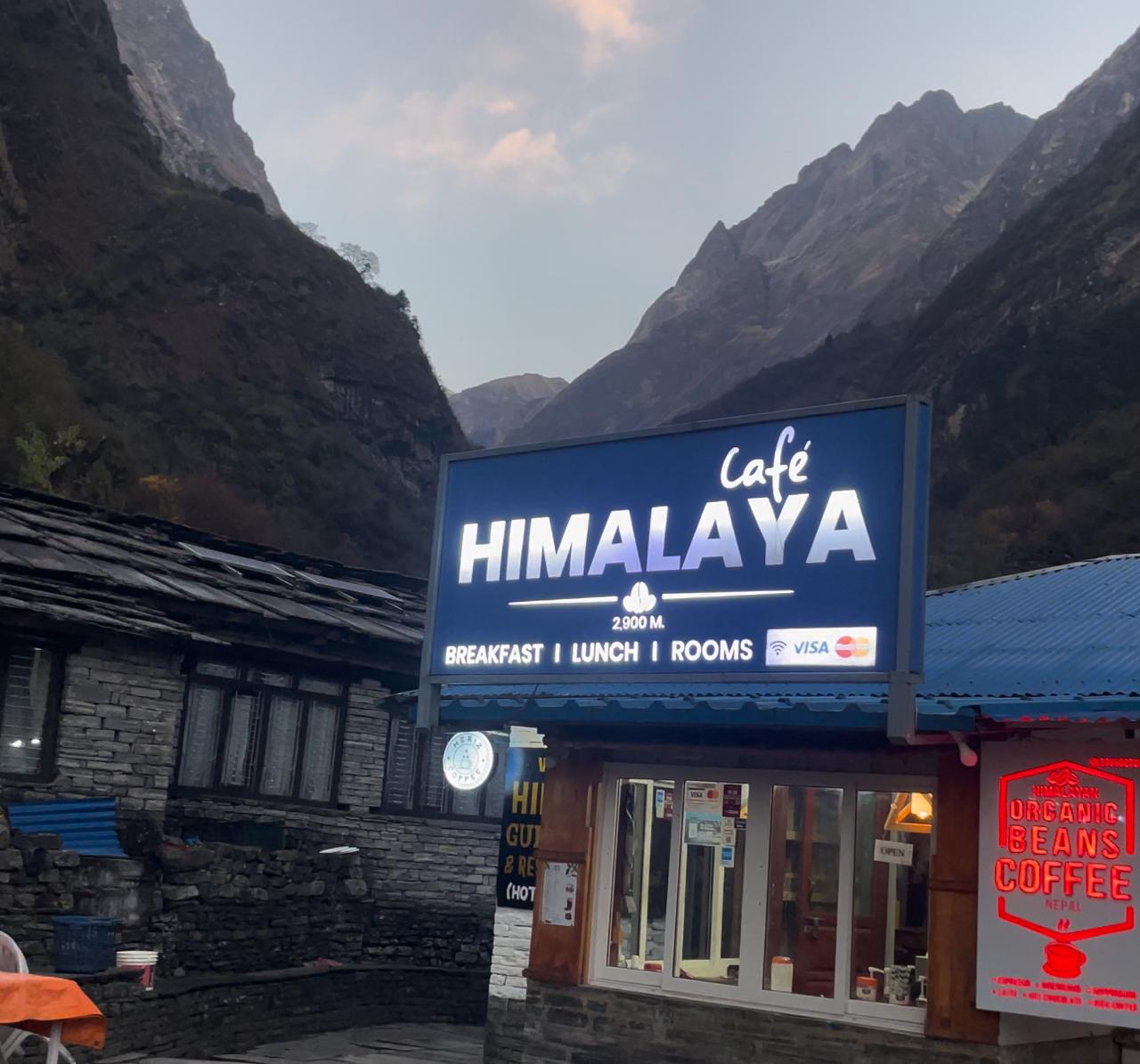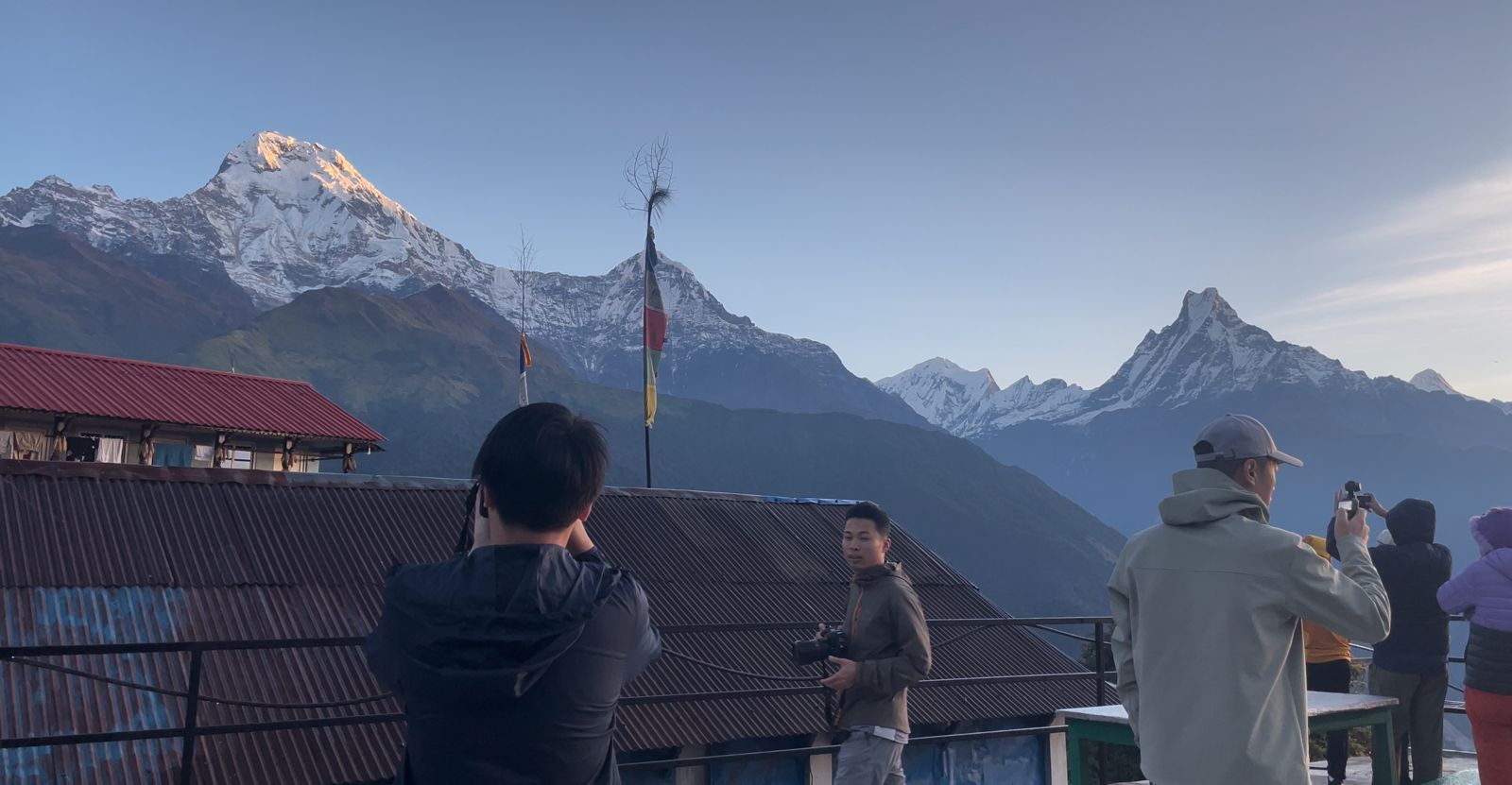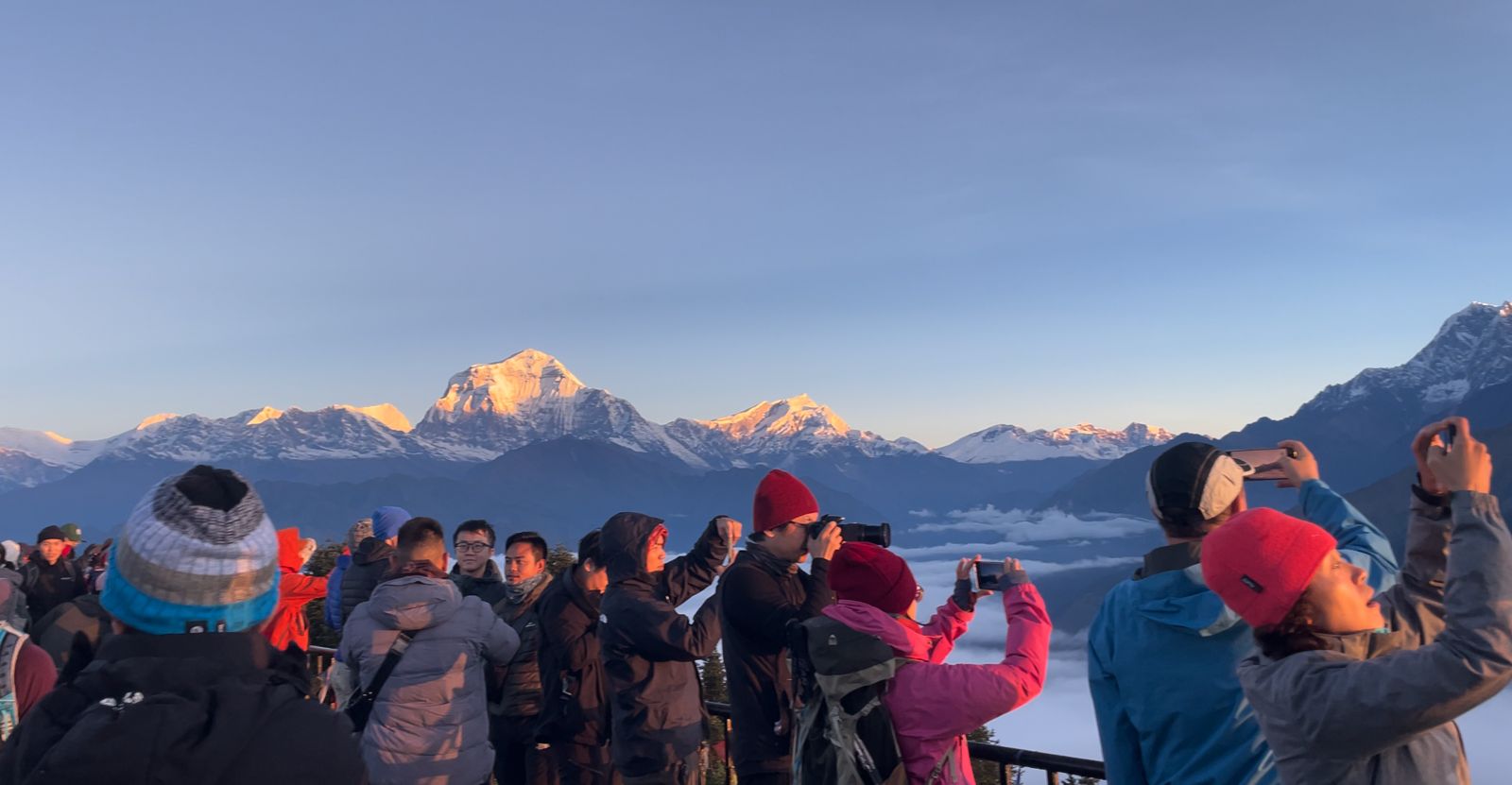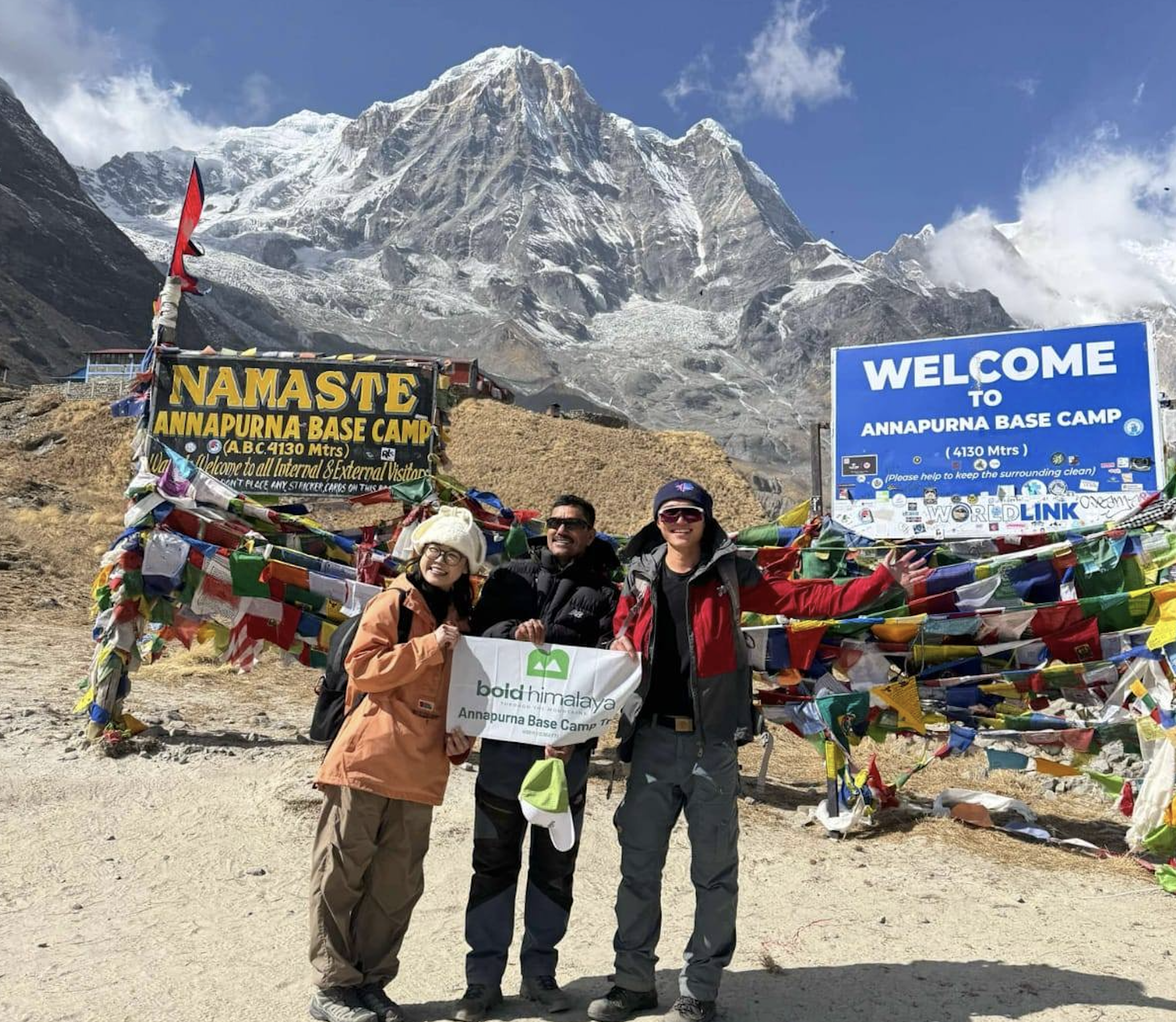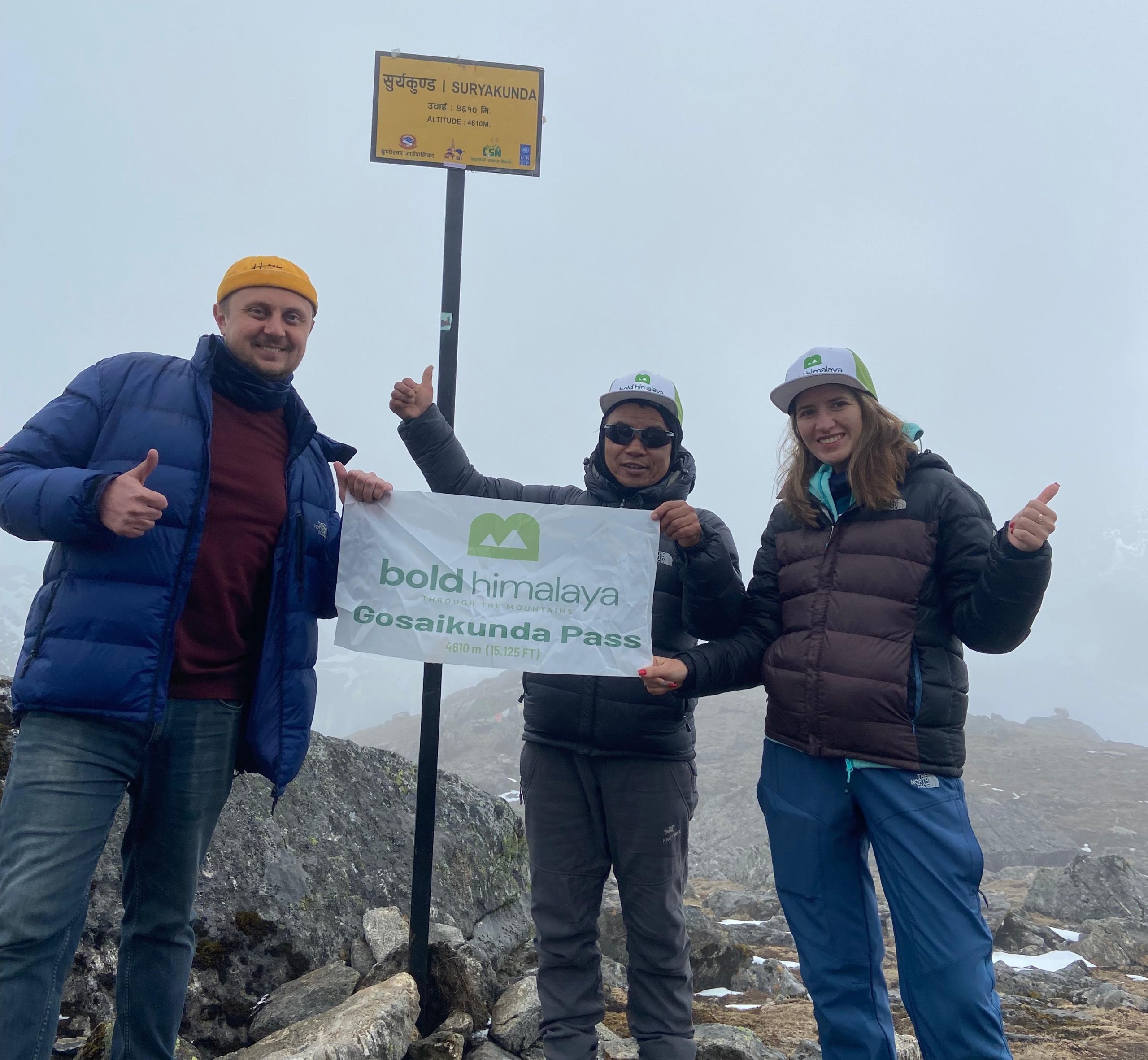Annapurna Sanctuary Trek
5(4)
Detailed Itinerary
Your Journey, Step by Step
Inclusions
What’s Covered in Your Adventure
- All ground transportation including airport transfer (Airport – Hotel – Airport).
- 3-star category hotel in Kathmandu and Pokhara for 2/2 nights, including breakfast.
- 3 meals in a day during the trekking (Breakfast, Lunch, and Dinner with tea and coffee).
- Annapurna Conservation Area Permit, TIMS card (Trekking Information Management System), and necessary paper works.
- Transportation from Kathmandu to Pokhara to Kathmandu by tourist Bus.
- All accommodations in trekking lodges/tea houses during the ABC treks route.
- Duffle bag, T-shirt, Adventure trip certificate, Annapurna Base Camp Trekking Map.
- First aid medical kit & medicine.
- Experienced, English-speaking, license holder, and friendly trekking guide (including his well-paid salary, meals, drinks, accommodation, insurance, transportation, etc.).
- All Government and local taxes and service charges
- International airfare, airport departure tax & your travel insurance.
- Nepal entry visa fee (you may easily obtain Visa upon your arrival at Nepal entry point or Tribhuwan International Airport – Kathmandu).
- 2 Lunch and 2 dinners in Kathmandu and Pokhara.
- Bar and desert bills.
- Personal expenses (laundry, battery recharge).
- Tips for trekking crew members
Good to Know
Things to Remember
2. Documents Required
You will need different permits and documents to undertake this trek. A passport with a validity of at least 6 months is needed. A Nepal visa can be obtained upon arrival or booked online in advance. A TIMS (Trekkers’ Information Management System) card can be obtained for about $10-20, depending on your group category. An ACAP (Annapurna Conservation Area Permit) is available for about $30 for international visitors. These can be organized at Pokhara or Kathmandu, along with photocopies and passport-size photographs. Individual trekkers must pay additional TIMS fees in addition to group trekkers. Keep the permit copies and originals separately. Some check posts thoroughly examine these documents in route to trekking.
3. Altitude Considerations
The hike reaches 4,130m at Annapurna Base Camp, and acclimatization needs to be planned for. Anyone can become ill with altitude sickness above 3,000m, regardless of health. Symptoms are headache, nausea, dizziness, and lethargy. A steady increase in altitude in the schedule minimizes dangers. Lots of water and completely no alcoholic beverages on the trek. Climb high, sleep low principle helps acclimatization. Diamox tablets will also halt altitude sickness, but only after consultation with physicians. Descending alone is the only solution to heal bad symptoms. Never ignore bad altitude sickness symptoms because they are fatal.
4. Accommodation
Teahouse accommodation provides basic but warm accommodation along the trekking route. Rooms are generally equipped with twin beds and basic bathrooms to be shared. Low-altitude teahouses provide more comforts like hot showers and western toilets. Teahouses at higher elevations are basic with squat toilets and no heating. Bedding is offered, but take a sleeping bag for hygiene and warmth. Rooms are not typically heated, so warm clothing needs to be worn to bed. Wi-Fi and electric plug access are also offered for additional fees. Rooms should be booked well in advance for the high season as good teahouses get booked very early.
5. Food and Water Availability
Dal Bhat (lentils and rice), noodles, pasta, fried rice, and different foreign foods are found at teahouses. Dal Bhat is unlimited refill and most economical. Vegetarian items are ubiquitous in availability and fresher than meat products. Food becomes more costly with altitude, as much as $3-15 for a meal. Bottled water is expensive and ecologically unsound with altitude gain. Carry water purification tablets or effective filter systems to have drinkable water. Boiled water is also available in teahouses at a very minimal cost. Tea and coffee are readily available but of variable quality depending on the location.
6. Internet and Charging Points
Wi-Fi is accessible in the majority of teahouses on the trekking path at $2-5 per day. Internet speed is generally slow and slower at high elevations. Batteries can be recharged but at a cost, increasingly so at higher altitudes, up to $3-5 per hour at base camp. Take some power banks for charging autonomy along the route. Solar charging panels for use on sunny days are effective. European plug adaptors are commonly available in Nepal. Keep electronics warm as batteries deplete more quickly. Carry spare camera batteries as charging facilities would be restricted during rainy days.
7. Weather Variability
The weather in the mountains is unpredictable and variable at any time of the year. Even during good weather, there is normal variability of temperature and sudden changes in the weather. Mornings are generally clear with cloud development in the afternoons. Rain or snow at any time can be anticipated, especially above 3,000m in altitude. Wind speed is significantly higher than at 3,000m altitude. Day and night temperatures are extreme, with a range of 20-30°C. A layering clothing system is required to acclimate to the conditions. Waterproof gear must be carried all year round. Check weather forecasts, but be ready for a quick change.
8. Physical Fitness Requirements
An average physical condition is required for most to be able to complete this trek successfully. Daily 4-8 hours of walking with ample uphill and downhill gradients. Regular cardiovascular exercises, trekking practice, and leg strengthening exercises condition your body. Start 2-3 months earlier for the best outcome. Endurance exercises are more vital than strength exercises. Stair and hill walking mimics trekking ground. A prior hiking experience is preferred, but not necessary. Mental conditioning is also equally crucial as physical conditioning. Listen to your body and rest when you need it while trekking.
9. Guide and Porter Services
Hiring local guides and porters enhances your trekking experience and generates income for mountain communities. Registered guides provide cultural insight, direction, security support, and language services. Porters carry heavy loads (20kg) so that you can have day packs. Guide $25-35 per day and porters $20-25 per day. Arrange proper insurance coverage for your guide and porter staff. Treat them well with good tips and mind their working conditions. Guides are largely multi-lingual with wide mountain experience. Porter service saves physical energy output and enhances trek enjoyment for most travelers.
10. Emergency Evacuation Facilities
Helicopter evacuation service is available from any location on the trek route in good weather. Emergency evacuation costs $3,000-8,000 based on location and weather. High-altitude helicopter evacuation travel insurance is strongly recommended before the trek. Mobile phones are accessible in most areas for emergency calls. Satellite phones are also available as a backup in case of remote territories. Local rescue services and your embassy should be on emergency contact numbers. Carry emergency contact details and medical details. Weather can make rescue attempts impossible for days.
11. All-Season Packing List
- Spring/Autumn Essentials
- Hiking boots, lightweight ankle-supported
- Warm sleeping bag, -10°C (14°F)
- Insulated down jacket for high altitude
- Rain jacket and trousers, waterproof
- Thermal layers next to the skin (2-3 sets)
- Mid-layer fleece or wool
- Quick-dry material hiking pants
- Warm hat and sun hat
- Insulated gloves and liner gloves
- Good sunglasses, UV protection
2. Winter Additions
- Heavy-duty sleeping bag, -20°C (-4°F)
- Insulated hiking boots, or warm mountaineering boots
- Additional warm layers, extra fleece/down
- Face shield or balaclava
- Insulated, waterproof gloves
- Snow gaiters
- Ice micro spikes or crampons
3. Summer Monsoon Gear
- Waterproof, durable rain gear
- Quick-drying material clothing
- Undergarments and extra socks
- Waterproof pack cover
- Tea house sandals
- Anti-leech socks
- Waterproof electronics stuff sacks
4. Year-Round Necessities
- First aid kit with medicine for altitude sickness
- Filter or water purification tablets
- Spare batteries and a headlamp
- Trekking poles for balance
- Sunscreen (SPF 30+) and lip balm
- Toilet paper and personal toiletries
- Backup batteries/memory cards, and the camera
- Nepali rupees in cash
- Permit documents and copies of the passport
FAQs
Your Questions, Answered
2. How difficult is the Annapurna Sanctuary Trek?
Moderate to demanding gradient walk, best suited for the fit. 4-8 walking hours a day with lots of up. Experience is not necessary, but desirable, with proper preparation and acclimatization.
3. Do I need to hire a guide and porter for this trek?
Not essential but highly recommended is employing local porters and guides. Guides offer cultural interpretation, orientation, and safety. Porters take much of the load so you can trek with light backpacks and help the local mountain economies.
4. What are the Annapurna Sanctuary Trek permits?
You need a TIMS (Trekkers’ Information Management System) card and an ACAP (Annapurna Conservation Area Permit). These will take approximately $20-30 and can be obtained in Kathmandu or Pokhara on passport photos and photocopies.
5. Is there any risk of altitude sickness on this trek?
Altitude sickness develops above 3,000m. The gradual gradient of ascent eliminates risks, however. Headache, nausea, and drowsiness are the symptoms. Acclimatization, fluids, and knowledge of the symptoms are all utmost importance. Descent is by far the best answer for deteriorating symptoms.
6. What are the accommodation options?
Accommodation in teahouse lodges can be found along the trek, from simple but clean twin-bedded rooms to shared toilet facilities. More simple accommodation exists at higher altitudes. There is no camping involved, and hence little equipment is needed for this trek.
7. How costly is the Annapurna Sanctuary Trek?
Prices range from $800-2000, which is based on how inclusive the trek is. Simple teahouse low-budget treks are $30-50 per day, while fully guided treks and porters’ assistance cost $80-150 per day. International flights and Kathmandu accommodation are additional.
8. How is the standard of food that one can consume on the trek?
We can get different variety of foods during this trek. Teahouses provide dal Bhat (Nepali food), noodles, pasta, fried rice, and foreign food. The price of food increases with elevation, ranging from $5-15 per meal, depending on location and what they have to offer.
9. Are Wi-Fi and charging easily accessible on the trek?
Wi-Fi access costs $2-5 per day, and battery charging is available in all the teahouses since reliability at higher altitudes decreases, hence a higher fee. Self-powered power banks carry along a great gadget charging independence on the trail.
10. What type of physical preparation should be done for Annapurna Sanctuary Trek?
Begin 2-3 months in advance with routine leg strengthening, hiking conditioning, and cardio exercise. Practice walking 6-8 hours a day. Hill climbing and ascending walks are great simulations of trekking.
11. Is solo trekking possible in Annapurna Sanctuary?
Solo trekking is possible with map navigation, pre-planning, and authorization. Local guides do offer an economic stimulus, cultural understanding, and safety buffer, though, to mountain villages.
Solo trekking requires greater experience and solo self-reliance in the hill country.
12. What to do during bad weather?
Bad weather may require route alteration or rest days. Flexible itinerary allows provision for weather delays. There are storm shelters in teahouses. In bad weather, descend to safer lower altitudes till the weather improves.
13. What are the medical emergencies on the trek and what do I do about them?
Carry first aid kit with complete information and high-altitude sickness tablets. Helicopter evacuation is available from all the trekking sites. Arrange travel insurance to cover high-altitude helicopter evacuation. Mobile phone connectivity is available for most of the locations for emergency calls.
View OurSimilar Packages
Discover our top tours, loved by thousands of travelers annually. Choose the adventure that inspires you and embark on a journey tailored to your desires.

Save 29%
Annapurna Circuit Trek
One of the most famous trekking routes in the world is...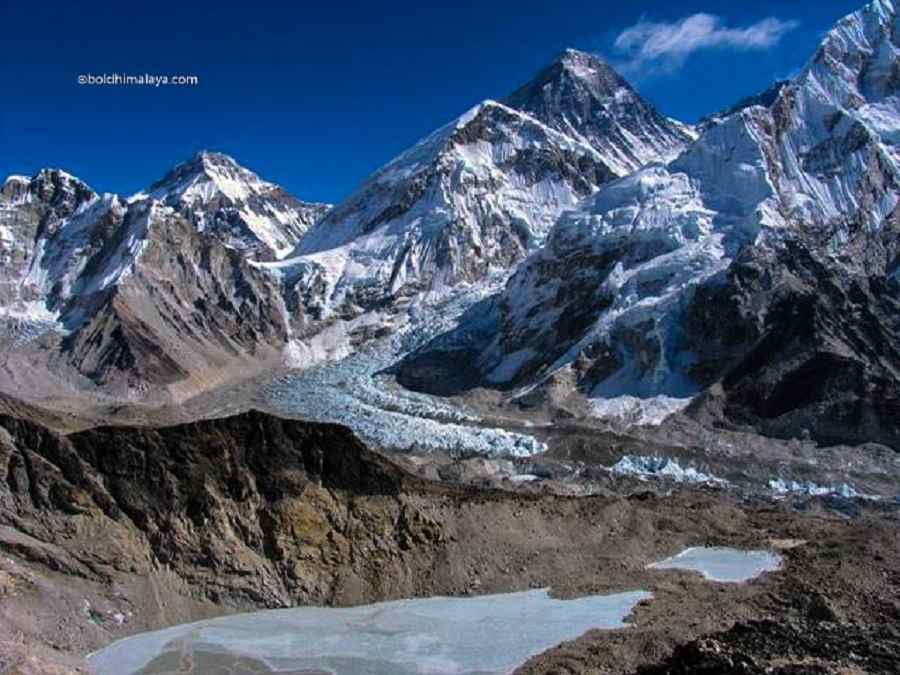
Save 30%
Everest Base Camp Luxury Lodge Trek
The Everest Base Camp Luxury Lodge Trek is one of the...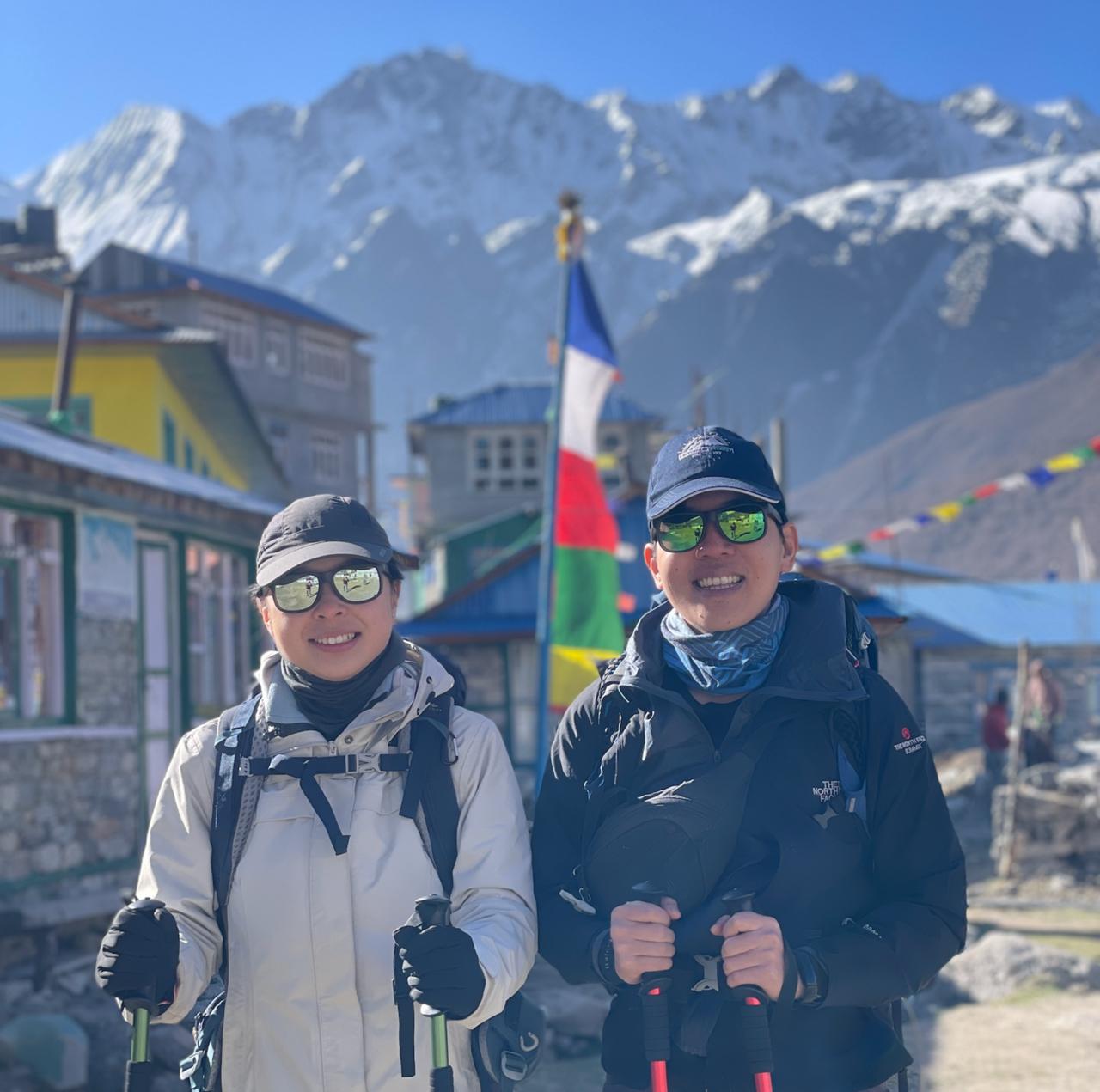
Save 35%
Langtang Valley Trek
Experience the Magic of Langtang Valley Trek with Bold Himalaya Feel...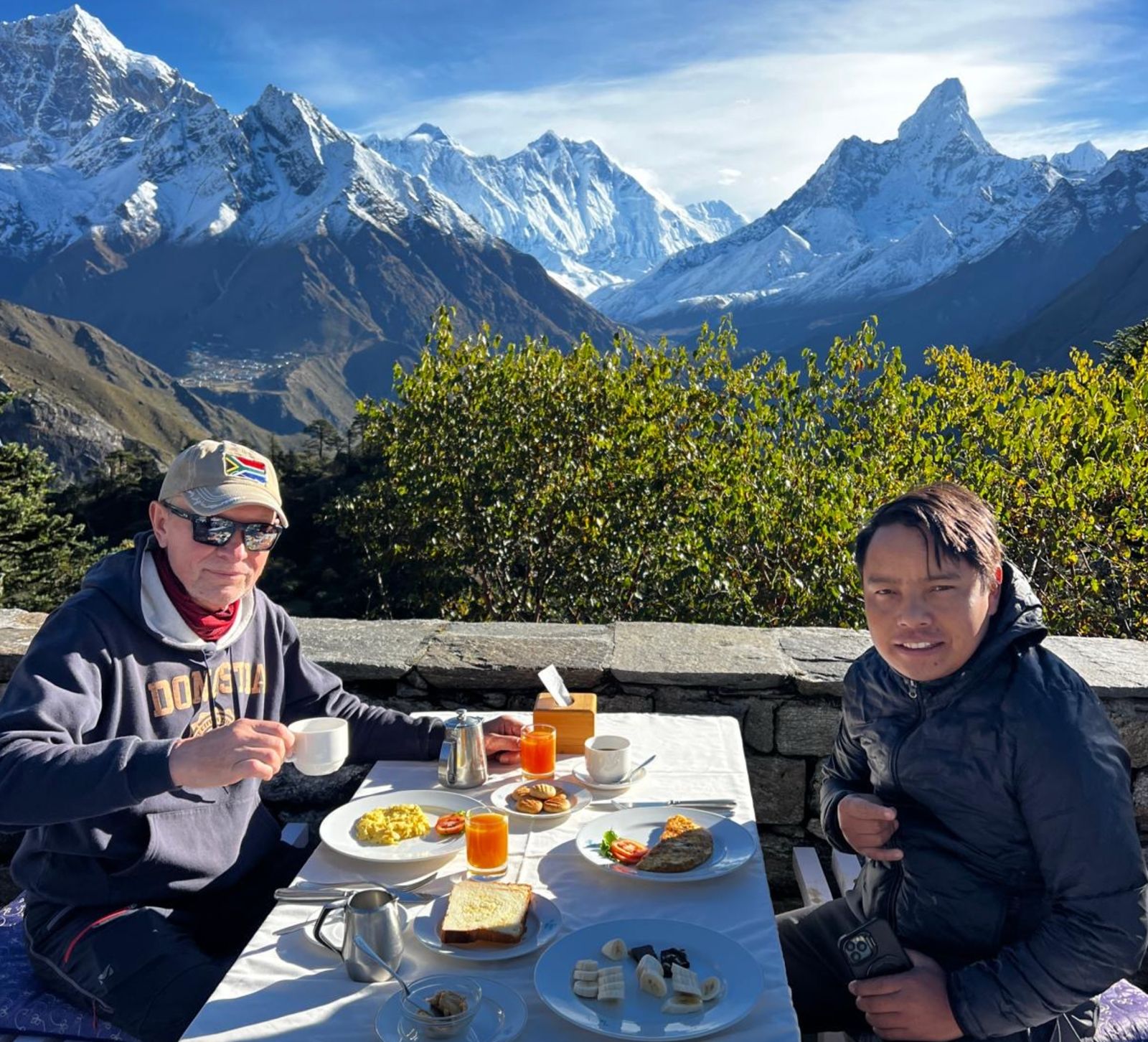
Save 34%
Luxury Everest View Trek
Overview of the Luxury Everest View Trek The Luxury Everest View...
Save 32%
Manaslu Circuit Trek
Are you ready for an experience that touches your heart and...





